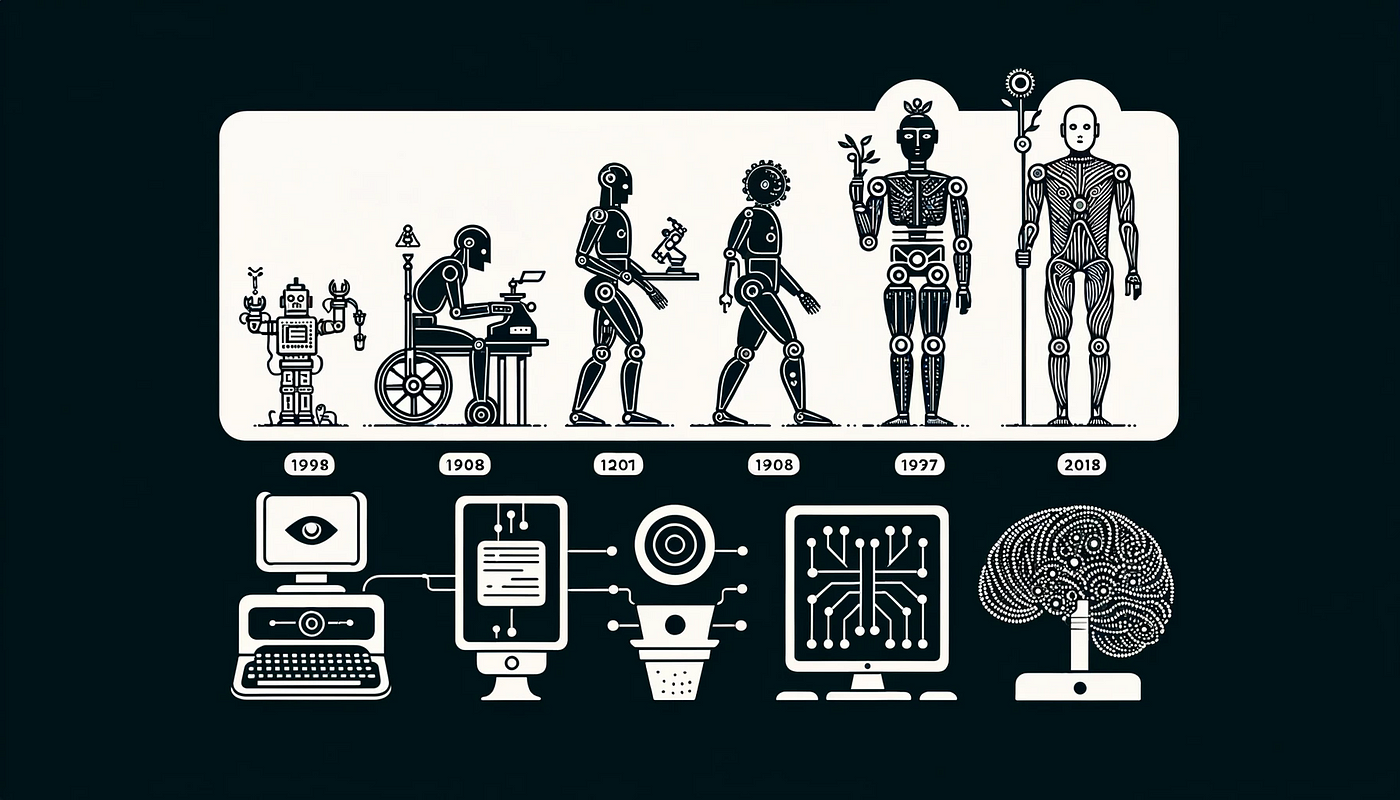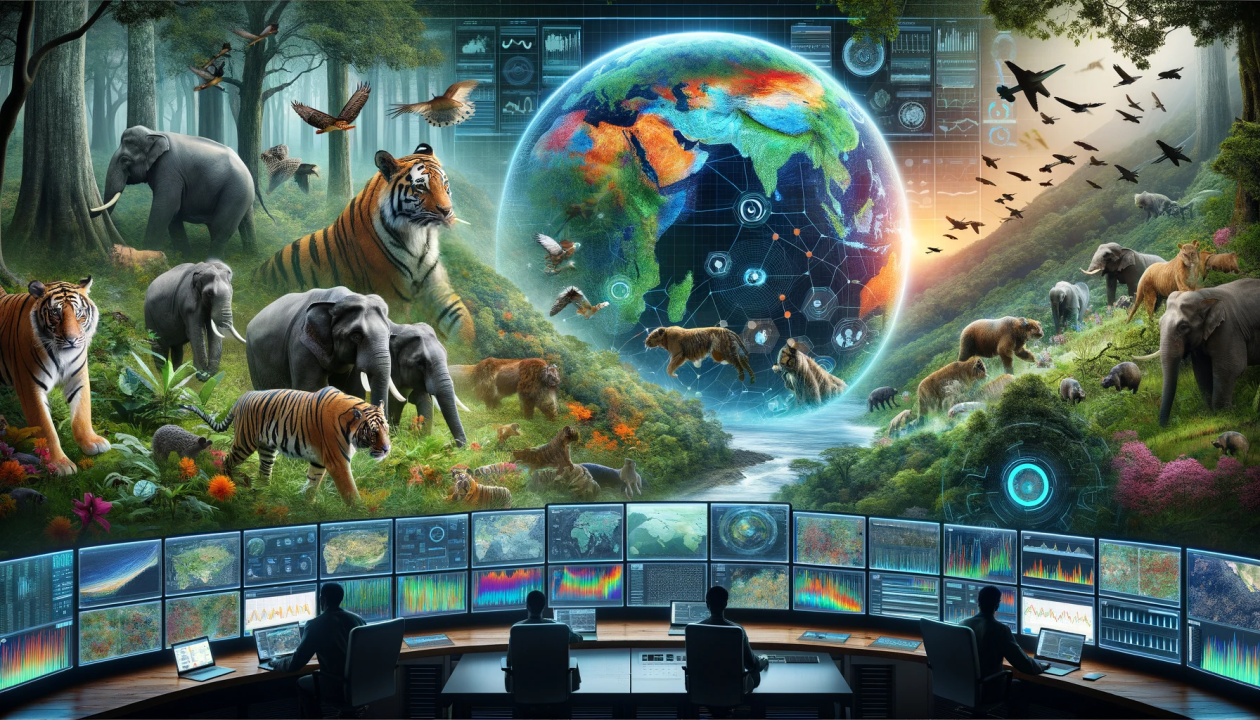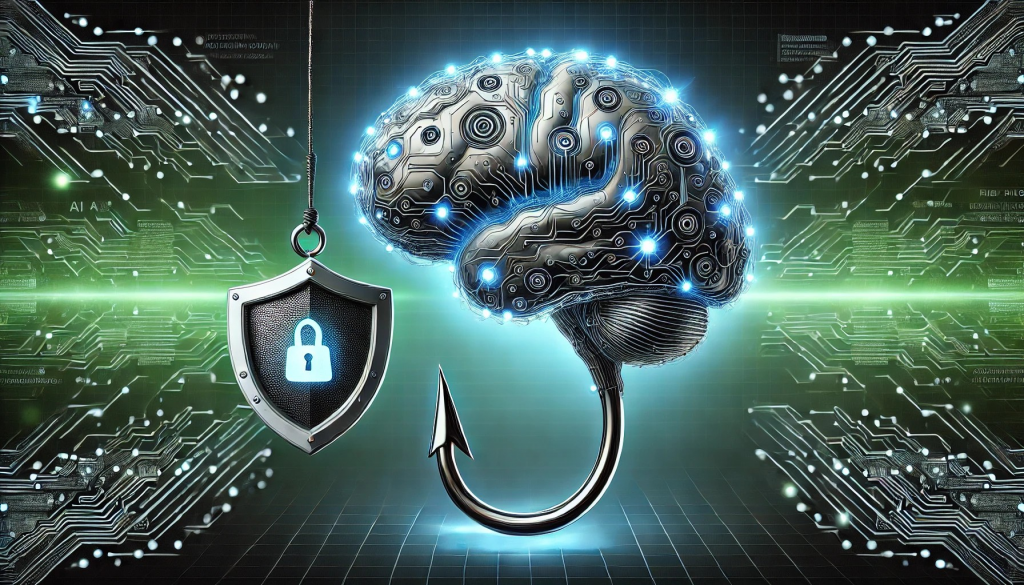justineanweiler.com – Artificial Intelligence (AI) has come a long way from being a mere concept in science fiction to an integral part of our daily lives. The journey of AI spans decades, marked by groundbreaking innovations, setbacks, and advancements that have shaped its evolution. This article explores the key milestones in AI’s development and its impact on various industries.
The Early Days: 1950s – 1970s
The foundation of AI was laid in the 1950s when British mathematician and computer scientist Alan Turing proposed the concept of machine intelligence. His famous Turing Test, introduced in 1950, sought to determine whether a machine could exhibit intelligent behavior indistinguishable from that of a human.
In 1956, the Dartmouth Conference, led by John McCarthy, officially coined the term “Artificial Intelligence.” This period saw the development of early AI programs, such as the Logic Theorist and the General Problem Solver, which attempted to mimic human problem-solving skills. However, due to limited computing power and unrealistic expectations, progress slowed in the late 1960s and led to the first “AI Winter” – a period of reduced funding and interest in AI research.
The Rise of Machine Learning: 1980s – 1990s
Despite setbacks, the 1980s saw a resurgence in AI with the rise of expert systems – software designed to mimic human decision-making processes. These systems were successfully used in industries like medicine and finance, proving that AI could have practical applications.
The 1990s marked a turning point as machine learning techniques gained traction. With increased computational power and access to large datasets, AI systems improved significantly. One of the most notable milestones of this era was IBM’s Deep Blue defeating world chess champion Garry Kasparov in 1997, showcasing AI’s potential in strategic thinking.
The Age of Big Data and Deep Learning: 2000s – 2010s
The early 2000s saw an explosion of data, thanks to the internet and digital transformation. AI systems leveraged this vast amount of data to improve their accuracy and efficiency. The introduction of deep learning, a subset of machine learning that mimics the human brain’s neural networks, revolutionized AI capabilities.
Breakthroughs in image recognition, natural language processing, and autonomous systems became evident. Google’s DeepMind developed AlphaGo, which defeated world champion Go players in 2016, demonstrating AI’s ability to master complex tasks beyond traditional programming methods.
The AI Revolution: 2020s and Beyond
Today, AI is embedded in everyday applications, from virtual assistants like Siri and Alexa to self-driving cars and personalized recommendation systems. Advancements in AI ethics, explainability, and responsible AI usage have also become critical areas of focus.
The future of AI points toward even greater integration with human life, including advancements in robotics, AI-generated content, and medical breakthroughs. With the rise of generative AI models, such as ChatGPT and DALL·E, AI continues to push the boundaries of creativity and automation.
Conclusion
The evolution of AI has been a remarkable journey of innovation, challenges, and growth. From theoretical concepts to real-world applications, AI has transformed industries and reshaped the way we interact with technology. As AI continues to advance, it holds the promise of further revolutionizing the world, making our lives more efficient, creative, and connected.





